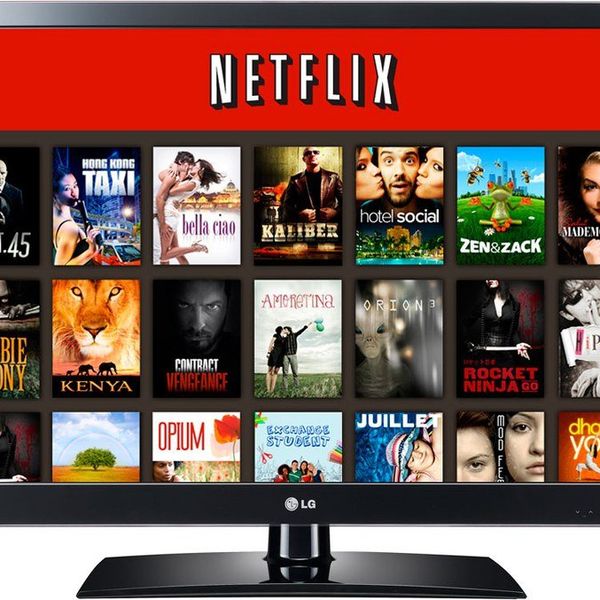In a stunning admission , messianic House of Cards and Orange is the New Black streaming service Netflix revealed March 24th that it lowers video quality for its Verizon and AT&T carried mobile users. This “throttling” is Netflix’s initiative to let customers continue to use the streaming service while staying within the confines of their data plans with these carriers. Theoretically adjusting video quality to available data should collectively better consumer experience, however this policy is not proportional to available data. For the past five years, a user with any Verizon and AT&T plans have received decreased mobile video quality. Netflix is only just now developing a “data saver” feature, allowing users to adjust mobile video quality, expected out in May.
This seems to directly cater to binge-watching customers and hurt those looking to catch a quick episode of Cosmos on the train ride to work. Binging consumes a lot of data for users but is good for Netflix. Netflix wants to keep people binge-watching, and lowering the quality of the videos to let people stay within their mobile data plans makes binging easier. Limiting the service as a whole for AT&T and Verizon mobile users based on preferred tendencies hurts the diverse population Netflix caters to. Selecting who gets the best quality content places Netflix in hot water not just regarding its reliability, but also in its respect to net neutrality.
Net neutrality has swiftly become one of the greatest caveats to many internet service markets from streaming and academia to internet connection itself. Internet service providers have the responsibility to serve all customers, without “discriminating or charging differentially by user, content, site, platform, application, type of equipment, or mode of communication” (Wikipedia). AT&T and Verizon themselves have been in trouble for throttling internet connection lately, so when the former’s Senior Executive VP stated that the company is “outraged to learn that Netflix is apparently throttling video…without their knowledge or consent” it is difficult to know who truly is to blame, but it is definite that something was done wrong. Is Netflix truly looking out for its users’ choice by allowing them the freedom to watch more programs at a slightly lesser quality, or is the company simply portraying a freedom that which exists within its own red, $7.99/month walls?
When Netflix’s home page directs visitors to “See what’s next”, why can’t they do so in the resolution they pay for?
Netflix wants you to watch a season of Lost per night, no matter who your carrier is or what device you are on. Streaming companies participate in constant negotiations for licensing contracts, which allow them to stream content like Lost and Inglorious Basterds. Lost cost Netflix a whopping $45 million, which paled in comparison to the one-year $200 million contract for Disney films and TV program access. In two years procuring new contract deals and renewing old ones will cost the company in excess of $6 billion dollars, at noted in a statement to shareholders. Content licensing is not cheap—so in order to know where to spend big bucks and keep customers and shareholders happy, Netflix has to know what is worth bingeing even despite perfect resolution.
Maybe one day The Simpsons and Raiders of the Lost Ark will even be available on Netflix, but for now Verizon and AT&T mobile users will have to settle for a substandard depiction of Cupcake Wars and How to Train Your Dragon 2.





















